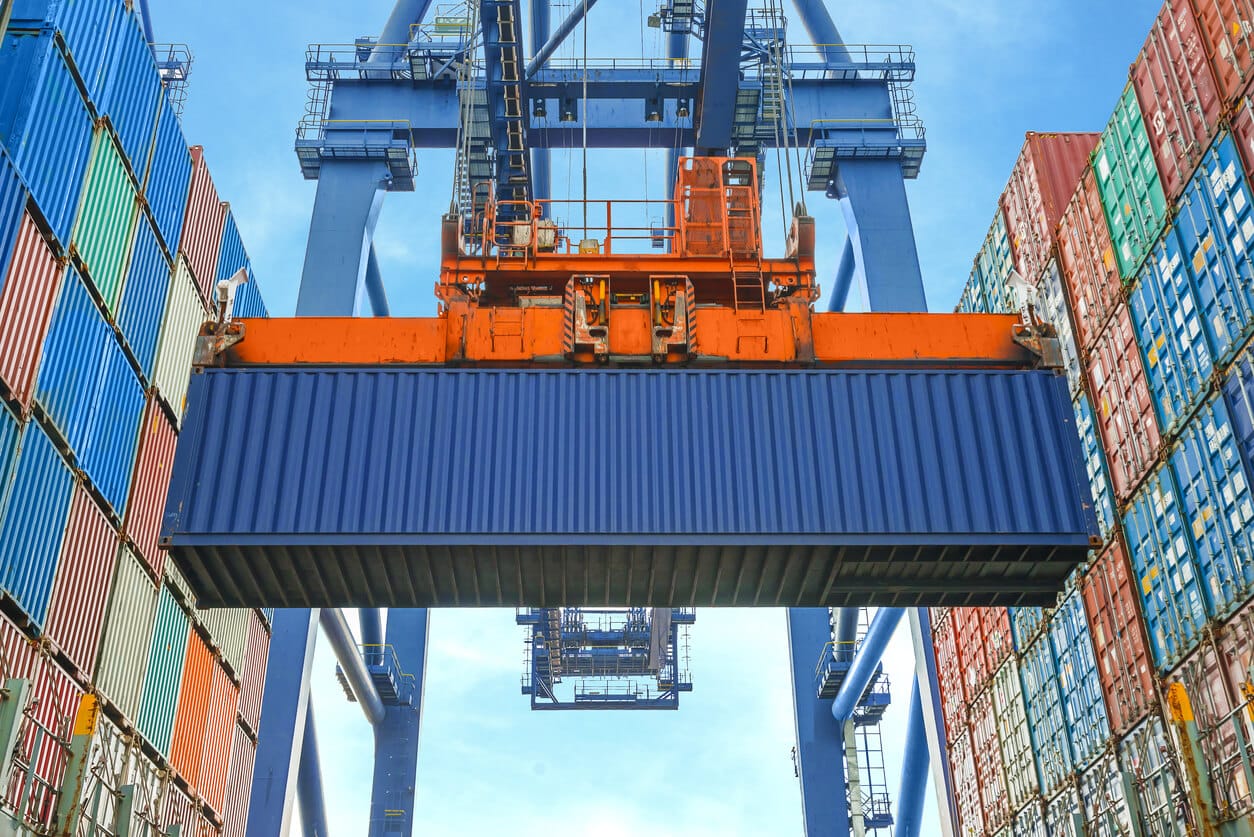More than 18 months into the COVID-19 pandemic, members at all levels of the supply chain continue to struggle with labor shortages. Many expected the hiring situation to improve by fall—but then record-breaking numbers of U.S. workers quit their jobs in August and September.
Labor shortages disrupt supply chain at every step
Participation has fallen broadly across demographic groups and career fields but has dropped particularly fast among workers without a college degree and those in lower-paying industries. The logistics industry reported a whopping 490,000 warehouse and driver openings in July—a record-breaking gap expected to grow in the months ahead—and the shortage of labor is causing disruption at every level of the supply chain.
The Truck Driver Shortage
The driver shortage continues to squeeze trucking capacity. Although the pandemic has increased the pre-pandemic driver shortage more than 23% to 80,000 drivers, the industry could face a shortage of 160,000 drivers by 2030, when the U.S. will need an estimated one million drivers to meet consumer demand for shipping. To attract drivers, fleets are offering higher wages and bonuses. The American Trucking Association is also backing a controversial pilot program to train people as young as 18 to drive big rigs on interstate routes, a job currently restricted to drivers over the age of 21. Federal vaccine mandates could worsen the shortage further, but whether the mandate applies to truck drivers (who don’t report to a workplace where others are present) is not yet clear.
The Warehouse Labor Shortage
Although many of the largest retailers have raised wages and offered signing bonuses and other benefits to attract warehouse workers this holiday season, thousands of jobs remain unfilled. Retention is the crux of the problem for warehouses. The industry has already cycled through millions of workers that appear to have moved on to other industries.
The Labor Shortage & Port Congestion
Labor shortages are contributing to unprecedented levels of congestion at U.S. ports with massive, ongoing backlogs of shipping containers. Last month, the Port of Los Angeles reported half a million 20-foot shipping containers on 90 ships waiting to unload—as compared to pre-pandemic times when a single ship might arrive each day. The problem is complex but stems from the nationwide labor shortage. Without workers to unload ships at ports, drivers to transport containers from ports, and warehouse employees to receive and unload shipments, supply chains are backing up. And because warehouses are full, retailers are leaving shipping containers on the docks for days, adding to the congestion.
Outsourcing to a Third-Party Logistics Provider (3PL)
Outsourcing services to a third-party logistics provider is an effective strategy for meeting demand when resources are stretched. A 3PL can offer services in transportation management and warehouse services to augment or replace your in-house services.
Transportation
Use a transportation management partner to enhance efficiency of freight movement and minimize disruption, which is a distinct advantage when capacity is tight. Leveraging connections to extensive networks of contracted carriers, a 3PL also offers more scalable trucking capacity and access to more competitive rates.
Warehousing
A 3PL can serve as a warehouse services provider, offering skilled labor, management, and function-specific technology in your manufacturing or distribution facility—to scale your operation and accommodate demand surges quickly and cost-effectively.
Stay on Track This Holiday Season
Today’s supply chain challenges can seem insurmountable, but there are options. Outsourcing services to a knowledgeable partner can help you mitigate issues and offer the capacity you need. When you partner with Capstone Logistics, you’re never alone. Contact us to learn how we can help you keep your holiday shipping season on track.

